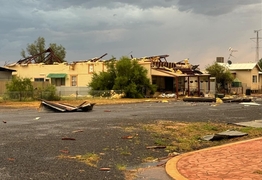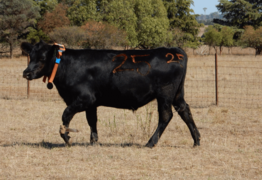Staggering backlog of road funding
Farren Hotham
11 May 2025, 9:20 PM
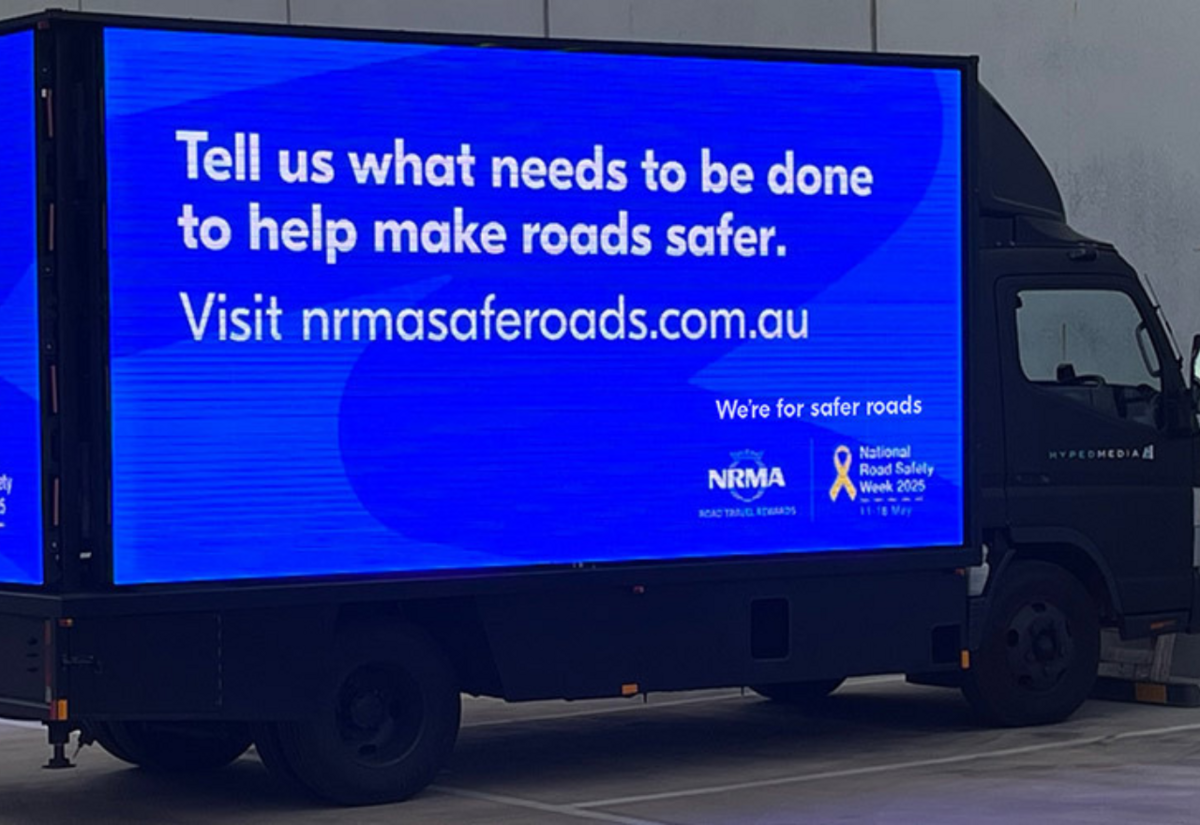 Safer roads billboard. IMAGE SUPPLIED
Safer roads billboard. IMAGE SUPPLIEDA comprehensive NRMA report into 128 councils has found the backlog of road funding they require jumped from $2.8 billion last year to $3.4 billion.
The overwhelming majority of the backlog exists among regional councils with $2.8 billion, compared to a backlog of metropolitan councils of $633 million.
The Far West has the second largest infrastructure to-do list in the state at $68.8 million according to the report.
The NRMA has released its findings in the lead up to National Road Safety Week (11-18 May) as it kicked off its grassroots road safety campaign ‘A Reckoning on Our Roads’.
The campaign calls on the community to have its say about what they want done to make NSW roads safer.
In a speech to State Parliament Independent Member for Barwon Roy Butler highlighted the record rain fall in many areas of electorate damaging the state of roads, cutting off land holders and praised SES volunteers and councils.
His mission to alert the State Government that Councils need more funding to keep roads safe and functional.
The road safety campaign is being launched in Sydney before making some regional stops at Wagga Wagga (13/5), Orange (14/5) and Newcastle (15/5).
The public can have its say on road safety by visiting the NRMA website.
Across NSW, 128 councils maintain over 185,000 kilometres of roads, approximately 80 per cent of the state’s network.
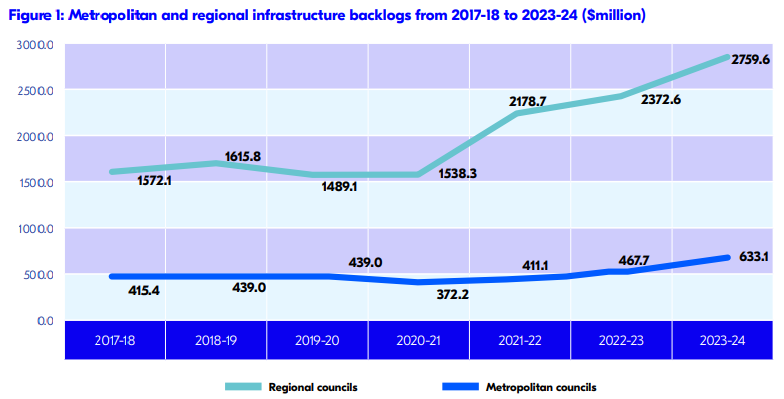
This chart shows the escalating backlog in regional road funding. NRMA 'Funding Local Roads' report, 2023/24
A wave of wet weather events over the last three years has caused considerable damage to the network, particularly across regional NSW.
Over the last seven years an average of $547 million in annual funding has been provided to NSW councils from the state and federal government for road maintenance – a four-fold gap in what is required to maintain roads to a safe standard.
It puts further pressure on Federal and State governments to act.
A seven-year average ratio of the infrastructure deficit to road grant funding is a numerical assessment of the dollar value of the infrastructure deficit against road grants funding.
This funding is contained to three streams of grant funding programs that are allocated to all councils annually. This ratio attempts to highlight the size of the infrastructure deficit against regular annual road funding base.
Bogan Shire Council has a backlog of 0.6 %, Bourke 0.8, Brewerrina 0.7, Central Darling 1.8 , Cobar 1.8, Walgett 0.9 Coonamble 1.3, Gilgandra 1.2, Warren 0.6 , Narromine 4.2
The report calls on the re-elected Albanese Government and the NSW Government to increase funding specifically directed towards councils for road maintenance and to consolidate the disparate funding programs that councils need to access to receive the funding.
Road repair critical to reduce the state's road toll
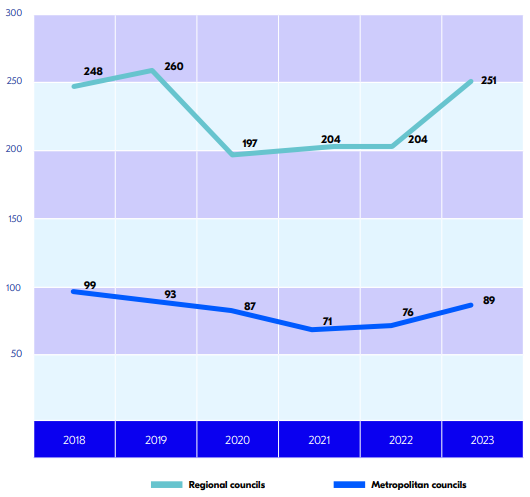
The number of fatalities recorded on regional roads as compared with metro council roads. IMAGE: NRMA 'Funding Local Roads' report
The report also calls for a full technology-based audit of the state’s road network to enable councils to adopt best-in-its-kind maintenance and repair work to ensure roads are more resilient to extreme weather conditions.
NRMA spokesperson Peter Khoury said the backlog of funding required by NSW councils had jumped 75 per cent in just seven years, which highlighted the need for how and by how much the federal and state government supported councils in this crucial work.
“Councils maintain the overwhelming majority of the bitumen we drive on in NSW and as evidenced by this NRMA report they need help, especially regional councils,” Mr Khoury said.
“Improving these roads will help bring down the road toll – a challenge the state continues to struggle with – and it boosts economic output – as we know 90 per cent of interstate freight occurs by road.’’
The NRMA report is available here.


